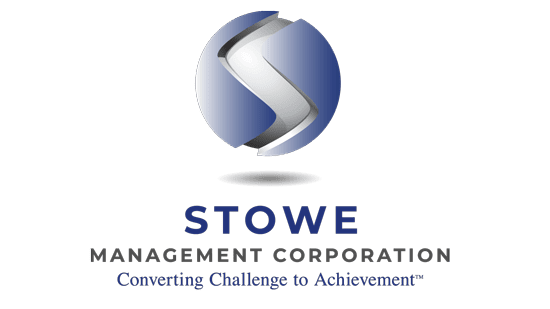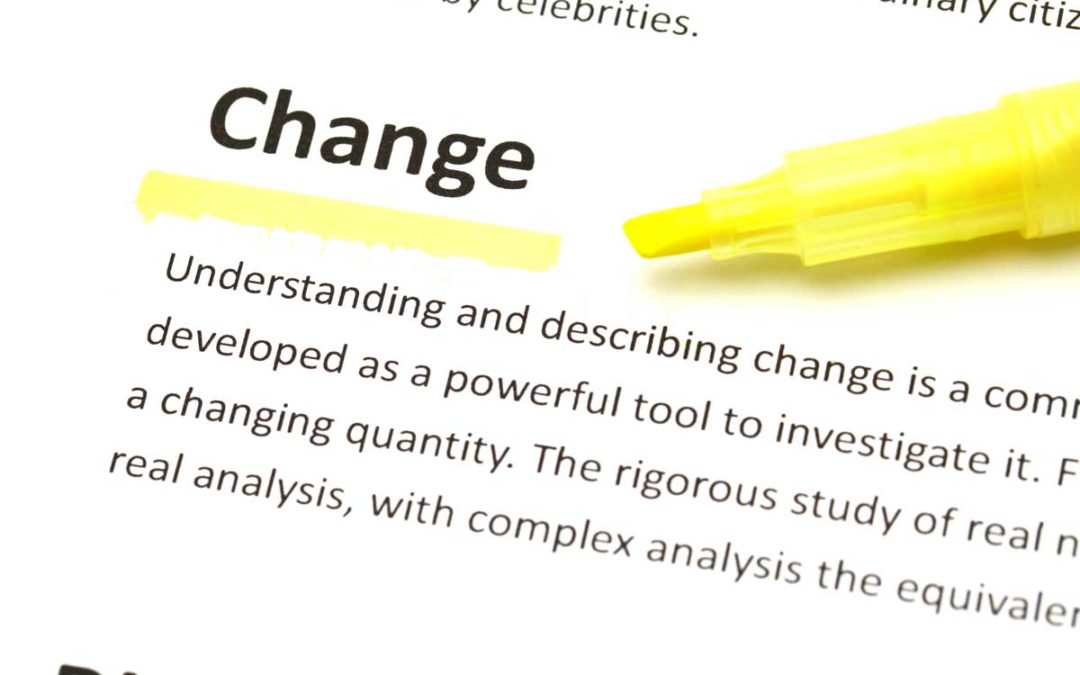Managing Change at a New Level
For most of us, “change” has first shown itself in individual areas of our lives, then, hopefully, it is resolved before impacting other parts. For instance, a challenge at work is resolved before it begins to affect our family life and vice-versa. Our world today has changed dramatically with heightened global variables or factors — economic, governmental, social/cultural freedoms, violence, vulnerable business environments, radical changes in personal interaction (remote vs office), global health challenges, etc. — impacting us in every aspect of our lives.
Coupled with the horde of challenges and critical dynamics floating over every aspect of our lives is the new level of crisis that has shown itself.

There are 4 aspects of our lives that appear most challenged by our new world dynamic:
Consistent threat to our health as the pandemic and other health concerns continue to linger or expand as it is harder to live our lives freely and safely.
- Financial stressors, career/job changes, the need to create new business models for a more fluid and adaptive world. Challenge and Change occur more rapidly.
- Emotional health has been challenged in ways that might not have been seen for decades. We are caught in a vortex of feelings that may often not make sense because they emerge from various situations and threats at the same time. In many business areas, industries and professions, mental health has become a new watch word and actions are being taken to help all team members—in some situations, this may be overdue.
- Global ill-at-ease has all of us wondering what the next global, international, and violent events within our own country will be. The question: Are we accepting it—are we somewhat immune?
To add to chaos, there are influencers or drivers that are rising up to be heard and action to be taken. ASAE (The Center for Association Leadership) maintains a list of drivers of change.
In a recent article* within their Workforce and Workplace section, they highlighted 9 new drivers and 3 feel the most important:
- “Changing Science (2021): Global scientific enterprise is changing…”
- “Diversity, Equity, Inclusion (2021): American society and workplaces will continue to grow more diverse, equitable, inclusive as values evolve…”
- “More Human Humans (2020): In the face of expanding automation, relative value of certain human qualities, including social skills and creativity, will increase markedly…”
With all that is going on, you couldn’t describe the global situation and our lives any better than “Crisis looking for Change” (Positive Change)! Consider a simple equation: “Change creates Crisis and Crisis stimulates Change.” Change in itself is not good or bad. It is how we deal with it and how we honor the process.
For someone who has managed change within businesses for over 35 years, the first order of business is to respect the process but not get caught up in Change for just the purpose of Change. Change needs to be managed as well as having its own process and result—we can’t force Change to be in the form we want or desire. We need the merger of 2 forces: first, our processes of managing change and, second, the process that occurs on its own–separate to our input, the environment or situation.
Learning to Manage Change is a lengthy process, but we can help ourselves and the others around us (any of these can relate to business, personal or family):
Shift from doing/fixing to focusing more on strategic issues. In Crisis, we can only repair so much or course correct so much. It rarely ever ends if you are dealing with one problem after another. A good example is a major plumbing problem that, when you fix it, the natural reaction is to relax instead of inventorying all the other issues the house has. With that, begin to plan for a new way for you and your family to live. The same thing goes for businesses.
- Find the core issues and much of the others go away with proper attention. Find the core issues and much of the others go away with proper attention. As you address major issues, many issues are comingled with other issues.
- Identify as many of the issues, challenges, crisis points, drivers that could be distracting. Since they have not been truly understood and classified, they continue their reign of terror, worry. distraction.
- Realign yourself and those around you with people who are adding value to you, your family, your business or any other organization you are involved with. Vice versa, to whom are you adding value? There are a good number of people that are distracting; in many cases, they get a good deal out of you by not holding up their own or are creating small amounts of chaos here and there. They need to go, as they will continue to slow you down — even with all of your good intention for positive change. Are people distracting you and yours in areas that add no value?
- Pull together those around you that are on the same page, whether business or family. They need to know that they mean a great deal to you. They deserve to know what is happening and what they can do to help. First and foremost, you have to tell the truth and whole truth, unless there are proprietary things that can’t be discussed—you, however, must let them know the situation. Truth then keeps them informed. Many resist the opportunity to be candid, much to their demise. People will interpret what they see and have been told and fill in the blanks where they don’t have information. You end up with a group all going in their own directions, instead of being on the same page.
- Shift to a more effective level of operation or with a family living a warmer life because you have cleaned away distractions, people, projects that don’t move the process forward. You now have time to work with those around you with an agenda now open to the future, instead of trying to fix the past.
 In my experience, most crisis situations can be rectified and, in many cases, achieve phenomenal success.
In my experience, most crisis situations can be rectified and, in many cases, achieve phenomenal success.
In summary, clean up clutter in our habits,
- eliminate distractions,
- focus on critical points of action,
- build a team/family on the same page,
- use information you now receive to move forward so you can begin to plan for what can be created beyond the horizon, not just trying to get to the horizon.
One piece of advice — and it is probably the hardest I will suggest to you: Back away from knee-jerk reaction to “solve a problem” as, in most cases, they are symptoms not causes to be rectified. The “solve a problem” approach is a distraction. Like the plumbing I mentioned, the issue was the whole house, not the plumbing per se; fixing it for now is not an answer; it is the first step in creating a whole new home for the owners.
Good Luck!


 Consistent threat to our health as the pandemic and other health concerns continue to linger or expand as it is harder to live our lives freely and safely.
Consistent threat to our health as the pandemic and other health concerns continue to linger or expand as it is harder to live our lives freely and safely. Shift from doing/fixing to focusing more on strategic issues. In Crisis, we can only repair so much or course correct so much. It rarely ever ends if you are dealing with one problem after another. A good example is a major plumbing problem that, when you fix it, the natural reaction is to relax instead of inventorying all the other issues the house has. With that, begin to plan for a new way for you and your family to live. The same thing goes for businesses.
Shift from doing/fixing to focusing more on strategic issues. In Crisis, we can only repair so much or course correct so much. It rarely ever ends if you are dealing with one problem after another. A good example is a major plumbing problem that, when you fix it, the natural reaction is to relax instead of inventorying all the other issues the house has. With that, begin to plan for a new way for you and your family to live. The same thing goes for businesses. In my experience, most crisis situations can be rectified and, in many cases, achieve phenomenal success.
In my experience, most crisis situations can be rectified and, in many cases, achieve phenomenal success.